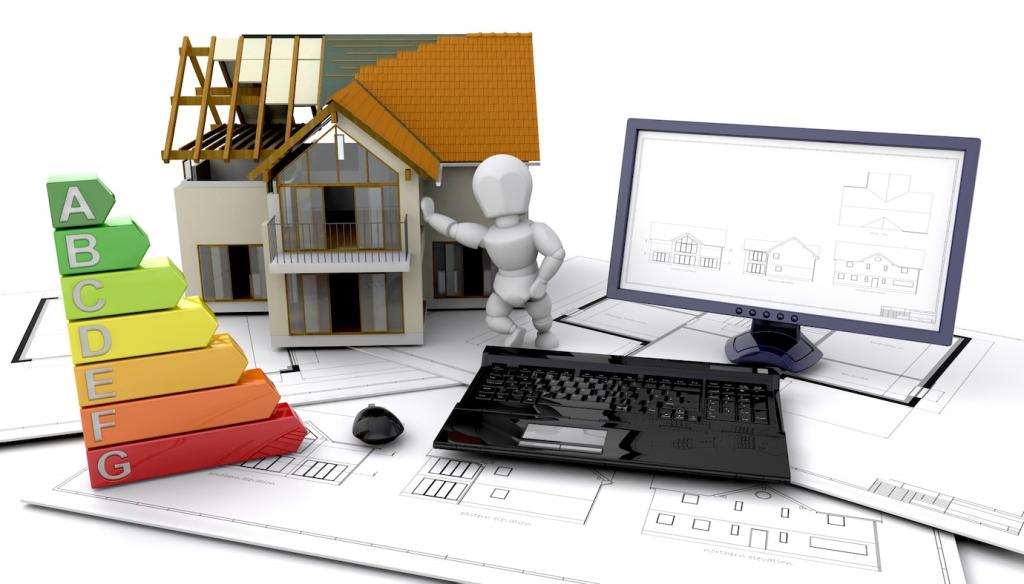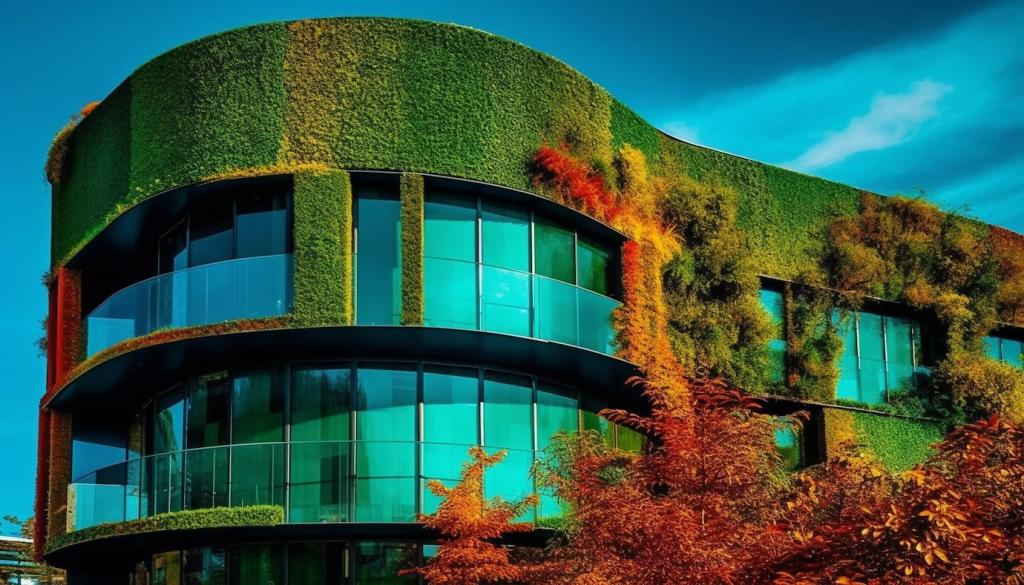Sustainable Interior Design Trends
Today’s interior design landscape is rapidly evolving to address the urgent need for sustainability, reflecting a growing collective consciousness about the environment. Homeowners and businesses alike are seeking innovative ways to craft beautiful interiors that are also eco-friendly and mindful of the planet’s limited resources. This page explores the latest trends in sustainable interior design, highlighting how materials, techniques, and philosophies are shifting towards more responsible, long-lasting choices without sacrificing aesthetics or comfort.

Eco-Friendly Materials
Reclaimed Wood
Reclaimed wood has emerged as a popular choice for those looking to blend sustainability with warmth and character. This material is sourced from old buildings, barns, or other structures slated for deconstruction, meaning it requires no new trees to be felled. Besides its sustainability credentials, reclaimed wood often features unique grain patterns, weathering, and a storied past, bringing authenticity and depth to any space. Its use in flooring, accent walls, and furniture highlights how sustainability can enhance aesthetics, creating interiors that are rich in character and kinder to the environment.
Bamboo Innovations
Bamboo has gained a reputation as one of the most rapidly renewable materials available for interiors. Its fast growth cycle allows it to be harvested with minimal environmental disruption, and modern processing techniques have improved its durability and versatility. Used for flooring, cabinetry, and decorative accents, bamboo provides a sleek, modern aesthetic while serving as an alternative to traditional hardwoods. Its natural resistance to moisture and pests also makes it particularly suitable for high-traffic and humid environments, giving designers a practical and beautiful solution that’s sustainable as well.
Low VOC Finishes
The move towards low-VOC (volatile organic compound) finishes is helping to create healthier indoor environments and reduce harmful emissions. Paints, stains, and sealants with reduced chemical content offer improved air quality while supporting the longer-term health of occupants. This trend extends to adhesives and finishes for walls, floors, and furnishings, indicating that sustainability considerations are being integrated into every aspect of interior design. Developers and homeowners alike are prioritizing products with clear eco-certifications, ensuring that spaces are not only stylish but also truly safe and sustainable.

Smart Lighting Solutions
The integration of smart lighting systems into home and workplace interiors is revolutionizing energy use. These systems utilize LED technology, motion sensors, and programmable settings to ensure that spaces are only lit when necessary and at optimal brightness. Not only do they provide significant energy savings over traditional incandescent options, but they also offer creative possibilities for ambiance and mood setting. With remote controls and automation capabilities, smart lighting allows for customizable and efficient interior environments that align perfectly with sustainable design philosophies.

Thermal Insulation Improvements
Effective insulation strategies are foundational to reducing a building’s energy demands for heating and cooling. Designers are increasingly selecting natural or recycled insulation materials, such as cellulose, wool, or denim, which offer strong performance without the environmental drawbacks of conventional options. Enhanced window glazing, strategically placed curtains, and insulated wall systems all work together to maintain comfortable indoor temperatures and reduce the need for artificial climate control. The result is a space that stays warm in winter, cool in summer, and environmentally responsible year-round.
Living Green Walls
Living green walls, or vertical gardens, are making a dramatic statement in sustainable interiors. These installations feature live plants arranged on vertical surfaces, providing a lush focal point that also improves indoor air quality. Beyond their striking beauty, green walls introduce humidity, help regulate temperature, and mitigate noise pollution, supporting a healthier indoor environment. Homeowners and commercial designers are embracing this trend to make nature a central part of daily life, connecting people to green spaces even within urban environments.
Natural Light Integration
Maximizing the use of natural light is a central tenet of biophilic design. Large windows, skylights, and strategically placed reflective surfaces help to flood interiors with daylight, reducing dependence on artificial lighting and fostering a cheerful, inviting atmosphere. The resulting connection to the rhythm of daylight can improve mood and productivity, while also conserving energy. Thoughtful window orientation and shading further enhance comfort, underscoring the fusion of aesthetics, functionality, and environmental responsibility in sustainable design.
Indoor Plant Decorations
Incorporating indoor plants into interior spaces is a simple yet powerful way to embrace biophilic principles. From small succulents on a desk to larger statement plants in living areas, greenery brings color, texture, and vitality to any room. Plants are natural air purifiers, absorbing toxins and releasing oxygen, while their presence has been linked to lower stress levels and improved creativity. Designers are increasingly curating plant selections to complement specific environments, ensuring that sustainability is seamlessly woven into every aspect of the interior experience.
Previous slide
Next slide

